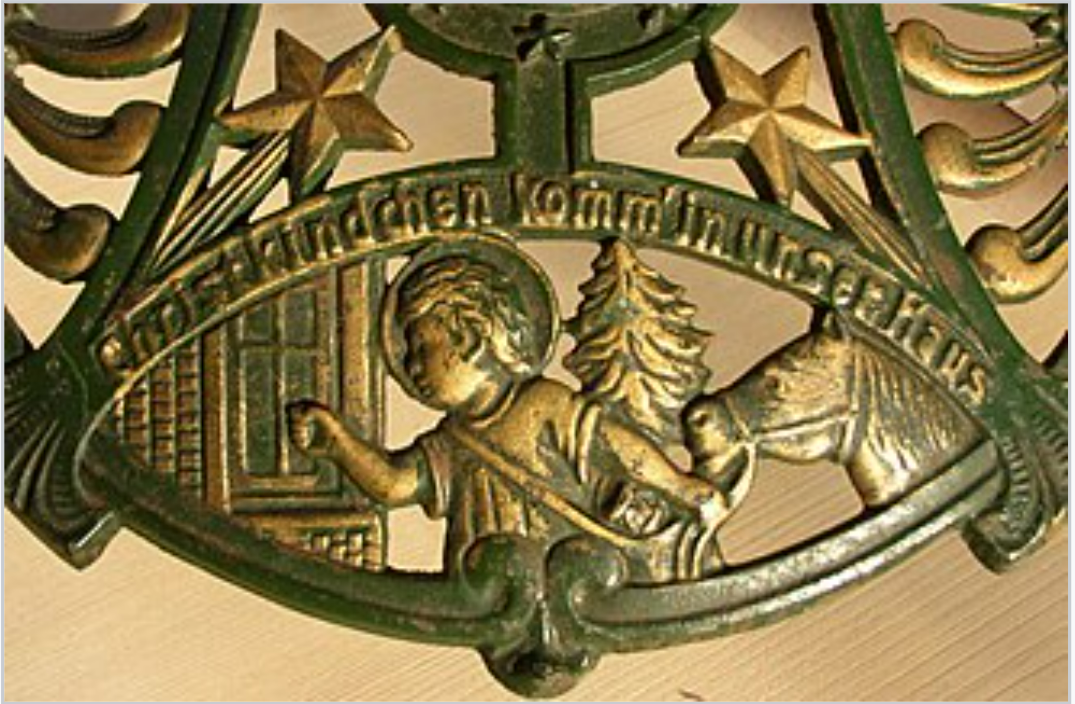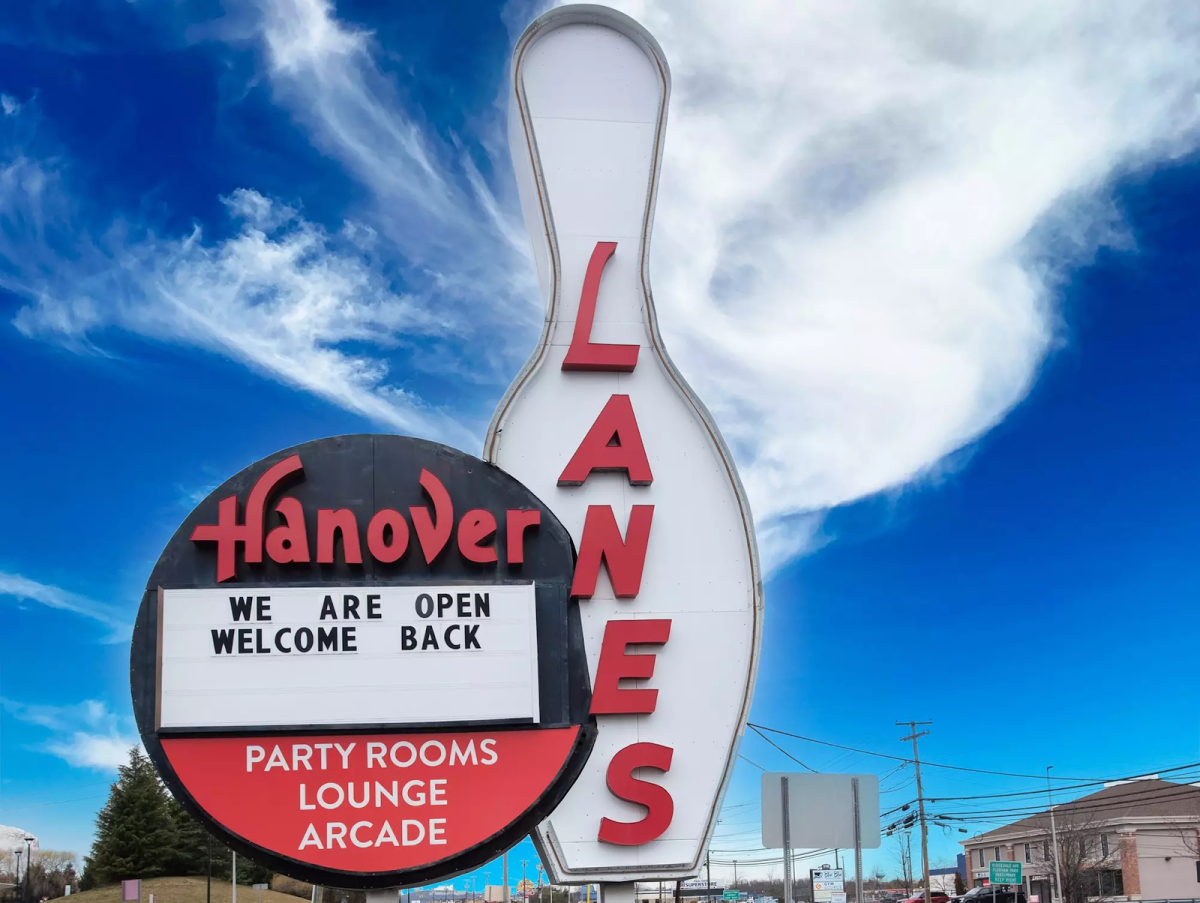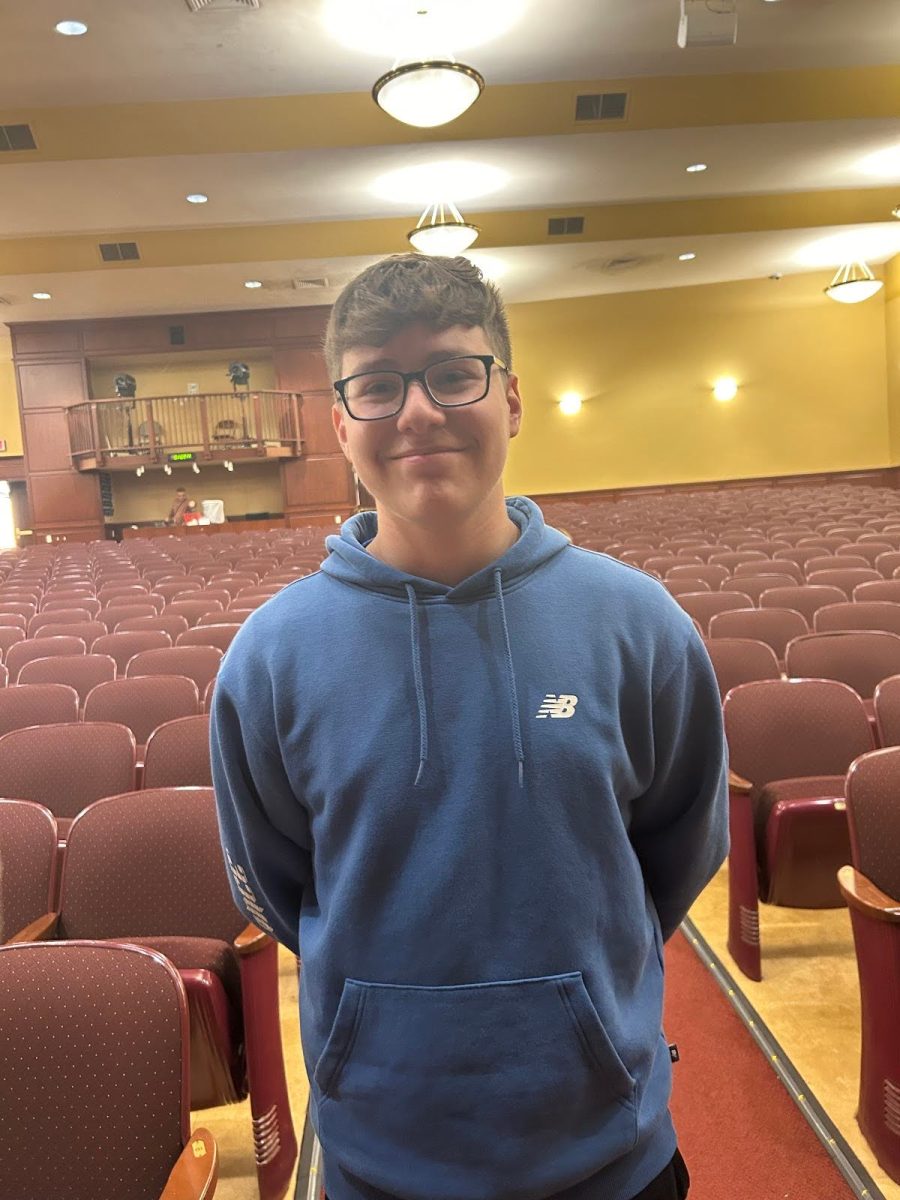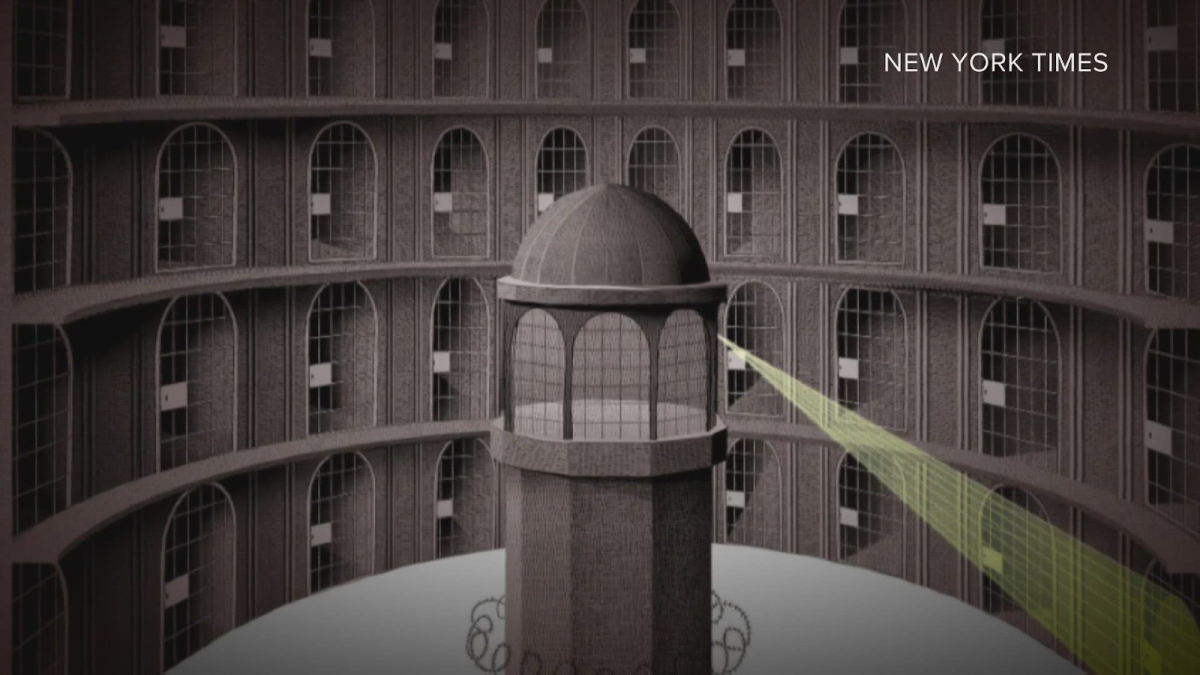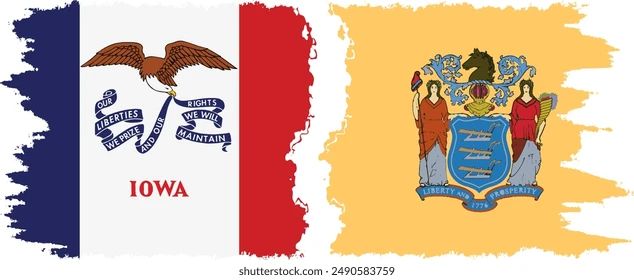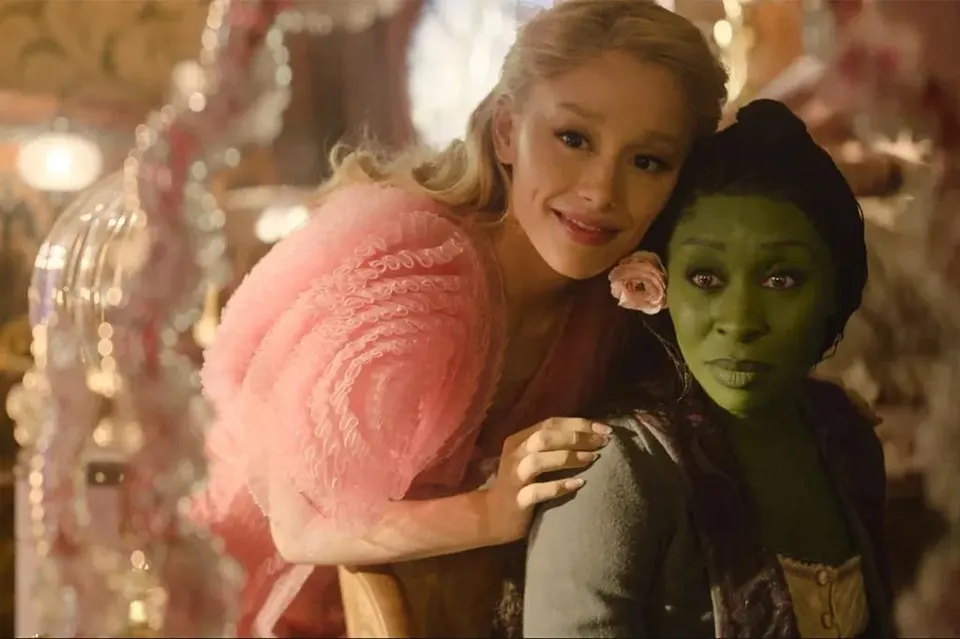By: Julia Lees
The Morris Museum introduced an exhibit this season that was a bit unusual called “Icons of American Culture: History of New Jersey Diners”. This exhibit was originally in Middlesex County Museum, but was put on loan to the Morris Museum. This exhibit goes hand in hand with the book of Guest Curator and Michael C. Gabriele. The Museum provides you with a visual image of why New Jersey is the “diner capital of the world” while the book explains specific in depth reasons for why diners were such a hit in New Jersey.

This exhibit delved into the rich history of how diners became accessible and accepted into everyday life, while telling the tale of many local diners. It features many relics donated from iconic New Jersey diners as well as models and images of these places people have come to know and love. This exhibit explains how diners survived and adapted from the late twenties and beyond. Many historical events and periods have influenced diners varying from the art decoration period to World War II. Before World War II not many women frequented diners. Tables were added to the counter to make the diners seem more inviting but this didn’t work all that well until World War II. Women began to work in diners during this time which brought in more customers willing to sit at tables. The inviting and comforting qualities of American diners that have been added through time truly make them what they are.
This exhibit taught me more about the state of New Jersey and our history. It was very captivating to read and experience because of the topic’s simple yet inviting nature. Diners have become such a staple in everyday life, so it was interesting to see how that came about. Although this exhibition is no longer open at the Morris Museum Gabriele’s book, The History of Diners in New Jersey, is available.




